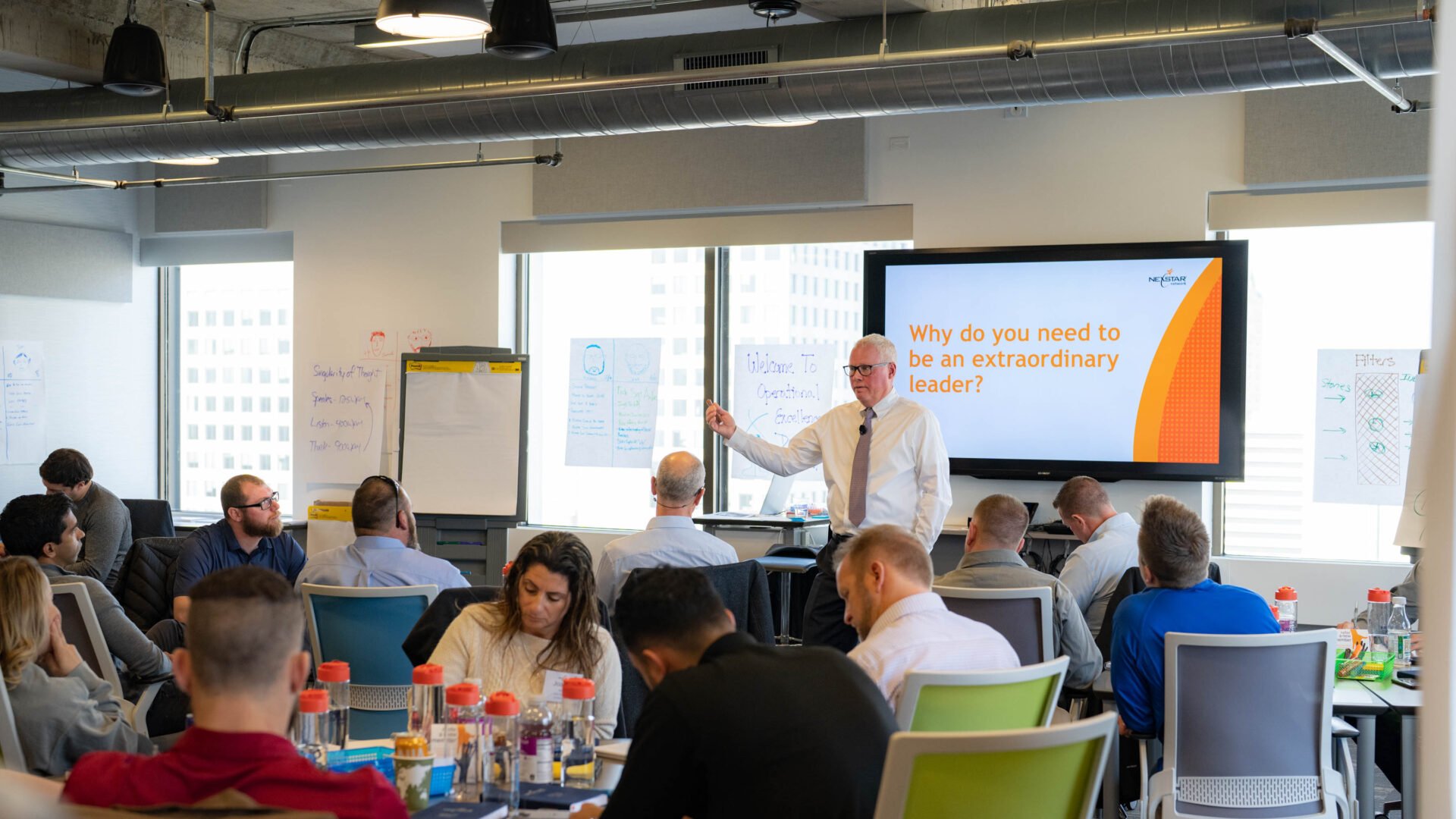Three Skills of Empowered Leaders
If you look back over your life, do you recognize moments when you demonstrated critical leadership skills, perhaps without realizing it? If you’re ready to build on those skills to become a more influential and impactful leader, consciously apply these three essential elements to become a stronger, more mindful leader.
1. Leaders Lean Into Uneasiness
Whether it’s eating vegetables as a child or doing the dishes as an adult, you must do things you do not want to do. The higher you rise on the leadership chain, the more willingly you need to navigate and lead through discomfort.
No one enjoys leading an employee performance plan for a struggling employee, yet it’s a part of your work-life. Leaders who are overly reflective need to learn how to act quicker, even when uncomfortable. They must have an agile process for information gathering and the ability to quickly direct next steps. Leaders who are too quick must pace themselves and take the time to gain information before just reacting.
Leaning into discomfort is about fulfilling your obligations and expectations as a leader. It’s also about establishing strong communication skills to help you successfully swim through murky waters. If you are not a great communicator when sharing an idea in public, find someone you trust who can help you refine your message, or who can organize and present your thoughts for you (i.e. a spokesperson). No matter how you go about it, it’s critical that you share your vision for your department or business with those involved.
2. Leaders Learn from Mistakes
Learning from your mistakes is vital to developing bench strength as a leader. Everyone makes mistakes, but not everyone understands how to emerge as a stronger leader because of it.
An operations manager once undercut his service manager by telling one of the service manager’s technicians that he needed to step up and take on-call. The operations manager made this demand in front of a group of technicians who were standing around gathering parts and materials for their trucks. Only later did the operations manager learn that the tech had been removed from the on-call rotation because he had a child in the hospital for an extended period of time.
You want to look unprofessional and create a challenging workplace? Do what that operations manager did that day. You want to look like a leader? Do what that operations manager did afterward: as soon as he found out the backstory, he immediately apologized to the technician and then made a public apology to ensure that everyone understood that he recognized a mistake he made, but was ready to own it and learn from it.
The lesson learned? Take the time to figure out the facts, resist the urge to jump to conclusions, and create a respectful work environment by not second-guessing your managers.
3. Leaders Drive Workplace Culture
An impactful leader understands their role in creating a positive and productive work environment. How you respond in times of stress or under a tight deadline will determine whether those watching will follow or challenge you. How you respect and celebrate the successes of others will also set the tone of your workplace. People are more likely to follow your lead when you develop a track record of thoughtful and balanced actions. And if you are the owner or president of your business, people will have a heightened awareness of your leadership style. Your conversations with employees, partners, customers, and others all create the culture of your business. If everything is a joke to you, don’t be upset when your team doesn’t take things seriously, either. If you’re always on edge, your team will respond to you the same way, creating a toxic work environment where constant turnover is the norm.
Remember, you are not exempt from being fired. If you’re the owner of your business and don’t have a boss, consider yourself fired every time an employee leaves for another company. Every day an employee chooses to stay with you is a vote for your leadership.
The Takeaway
Being a leader is not easy. You’re in the spotlight and you must make significant decisions each day. Lean into uneasiness, be ready to learn from your mistakes, adjust accordingly, and be mindful of how your leadership style drives workplace culture. Be the greatest leader you can be, and when you fall short, reassess, pick yourself up, and get back after it.


